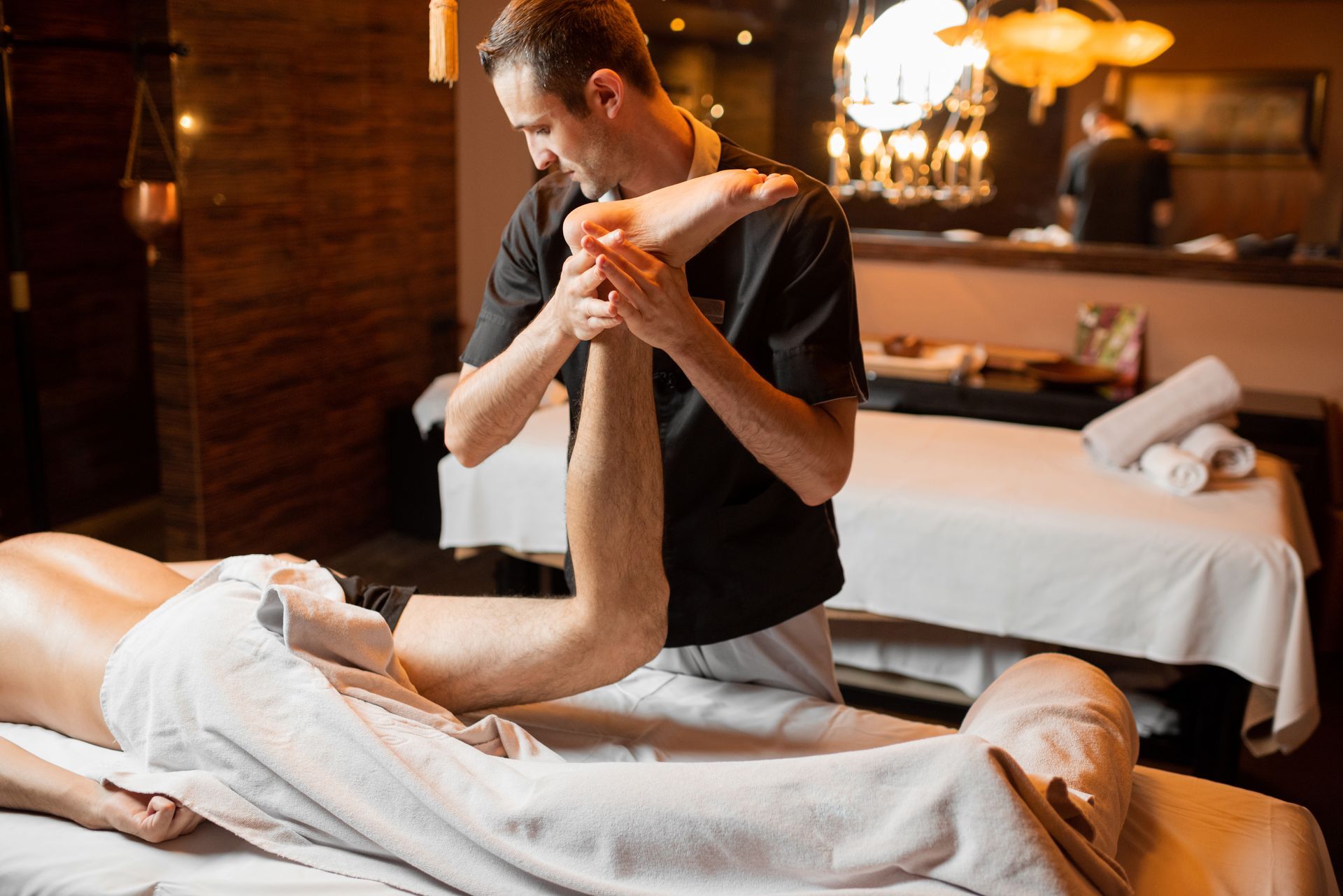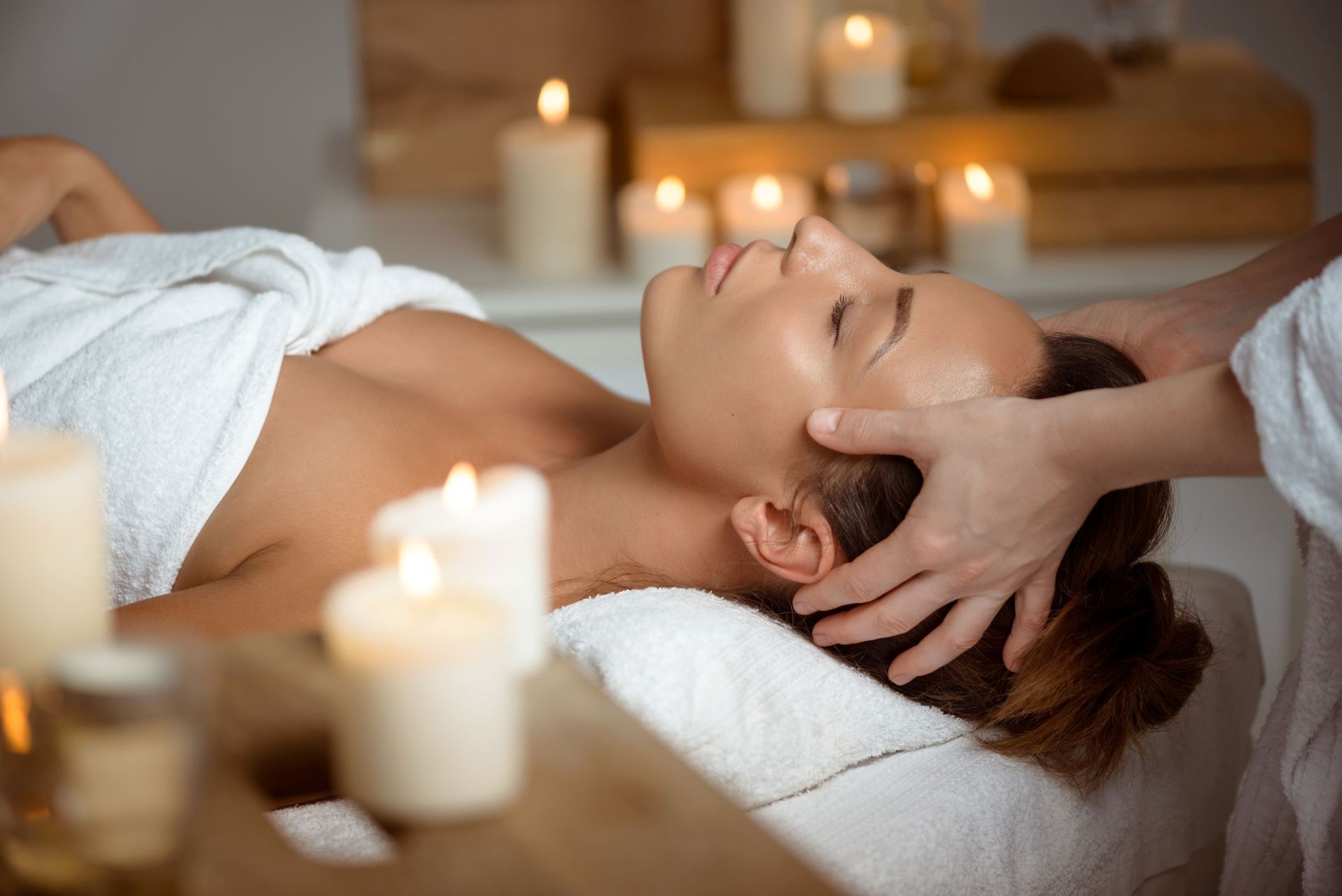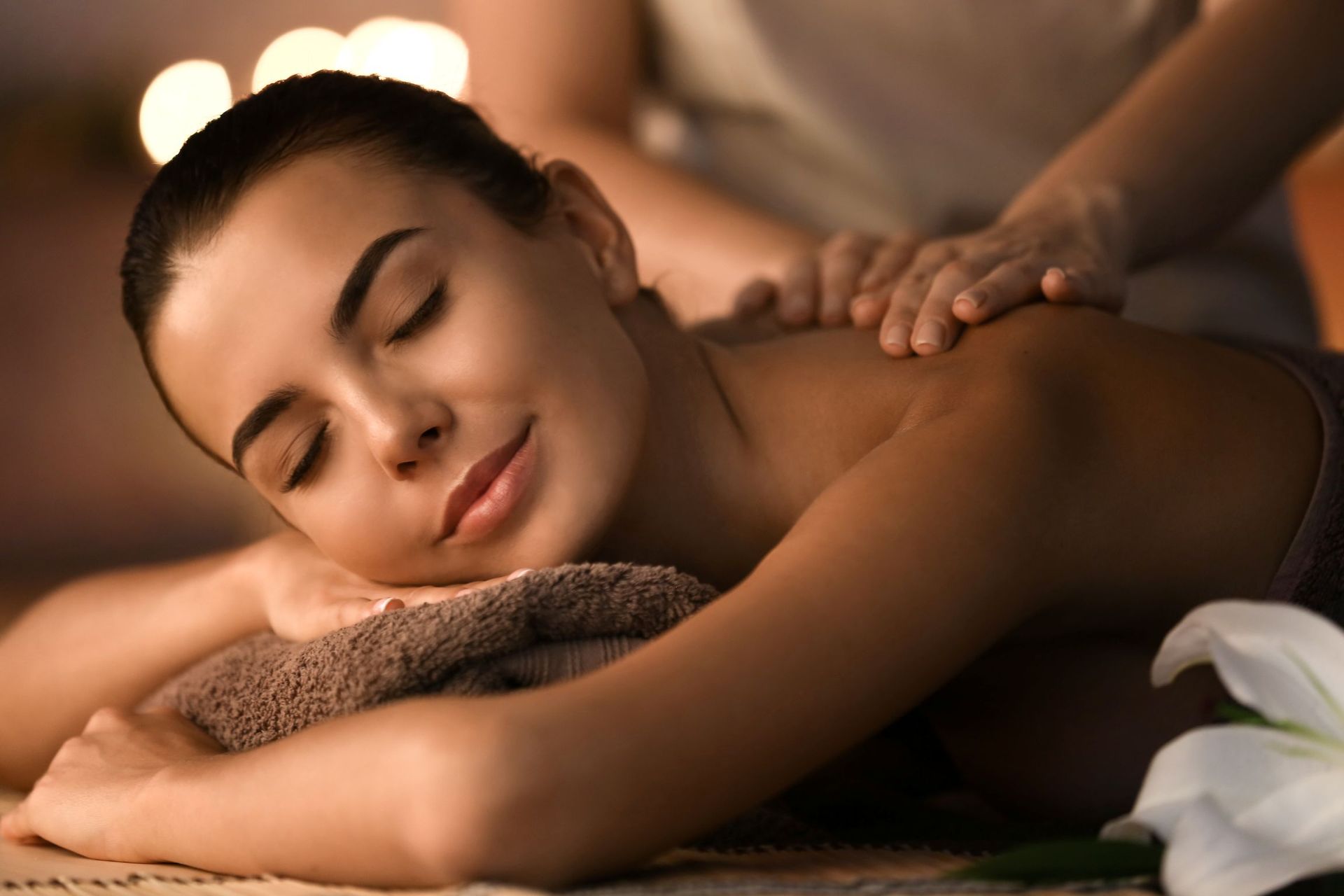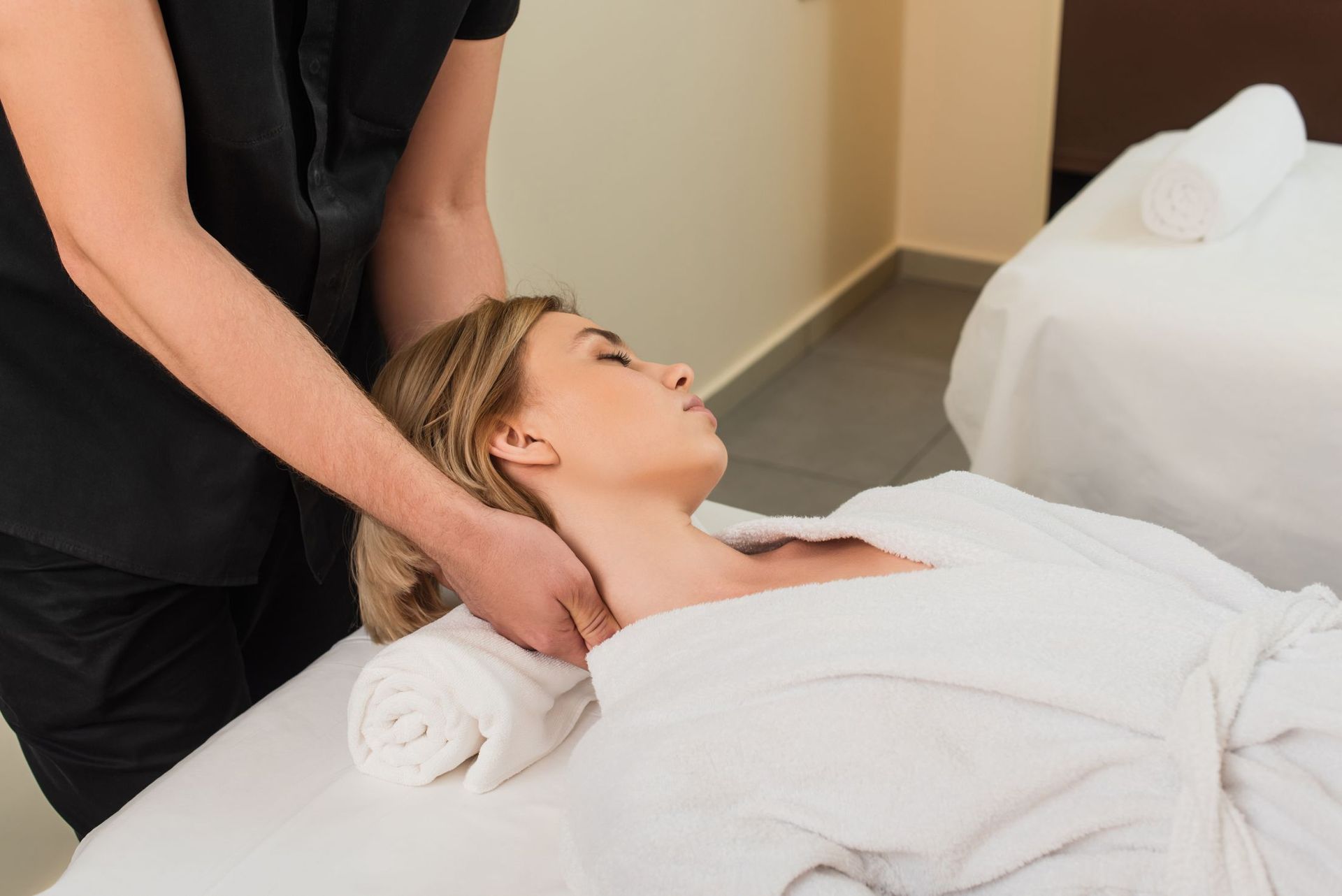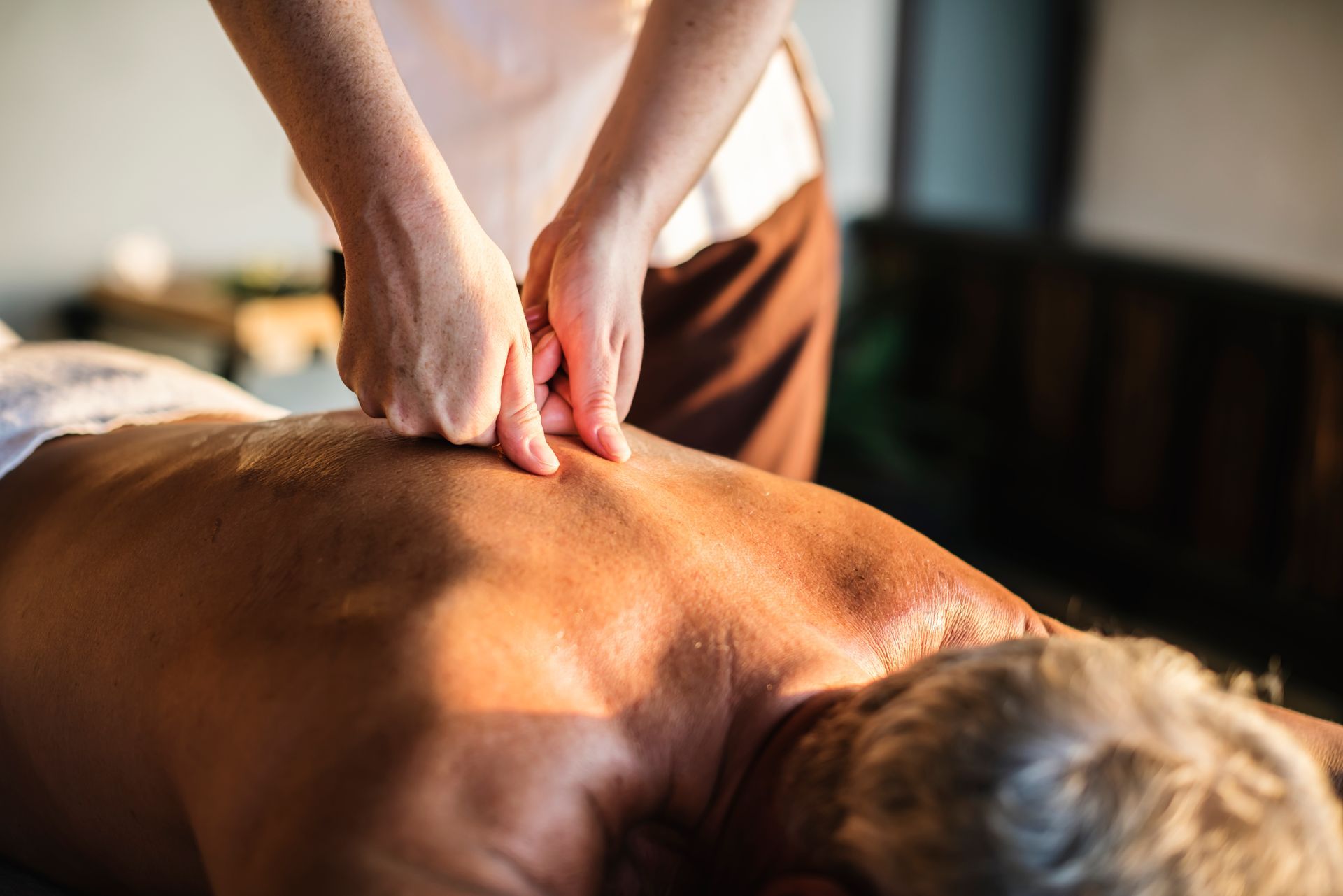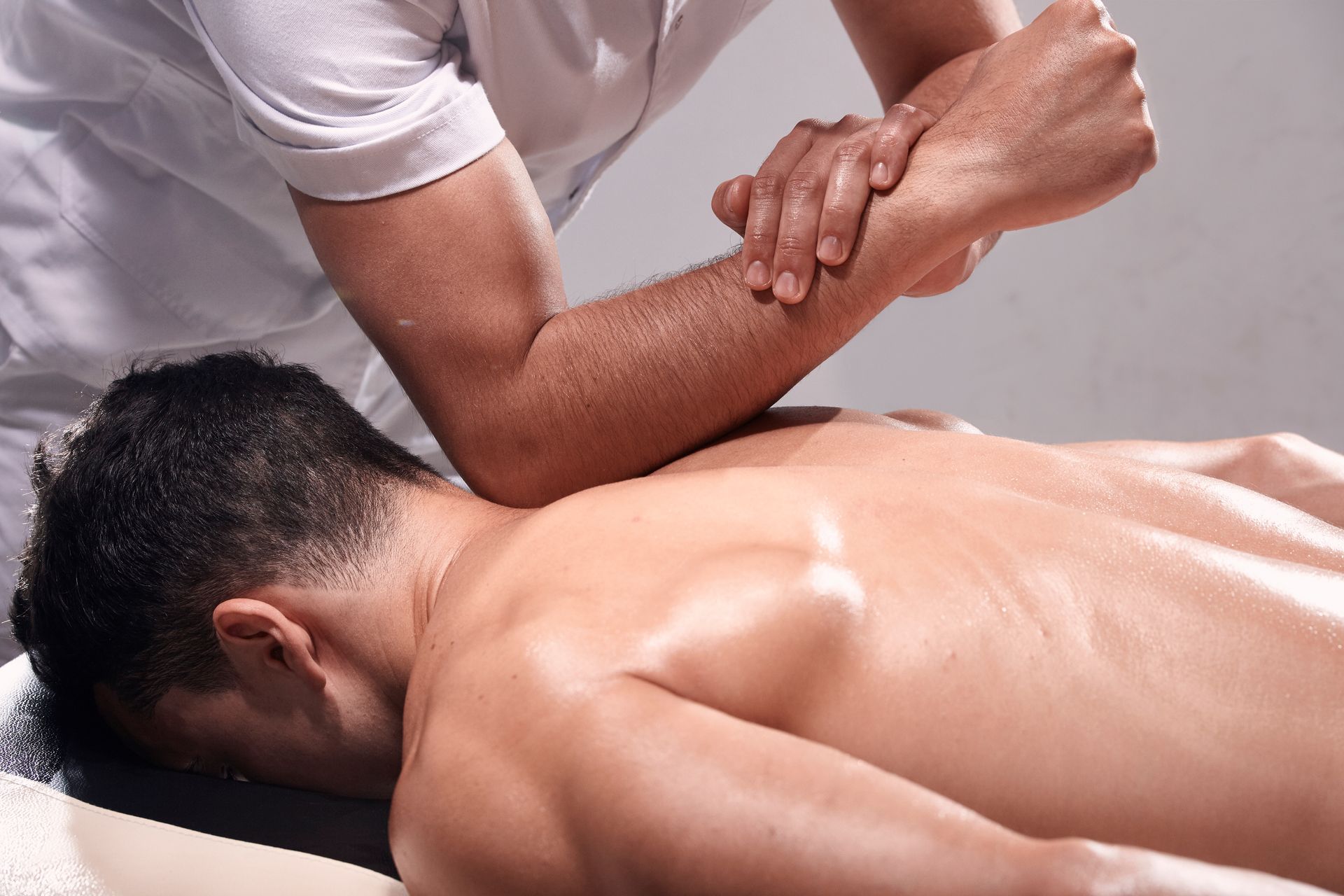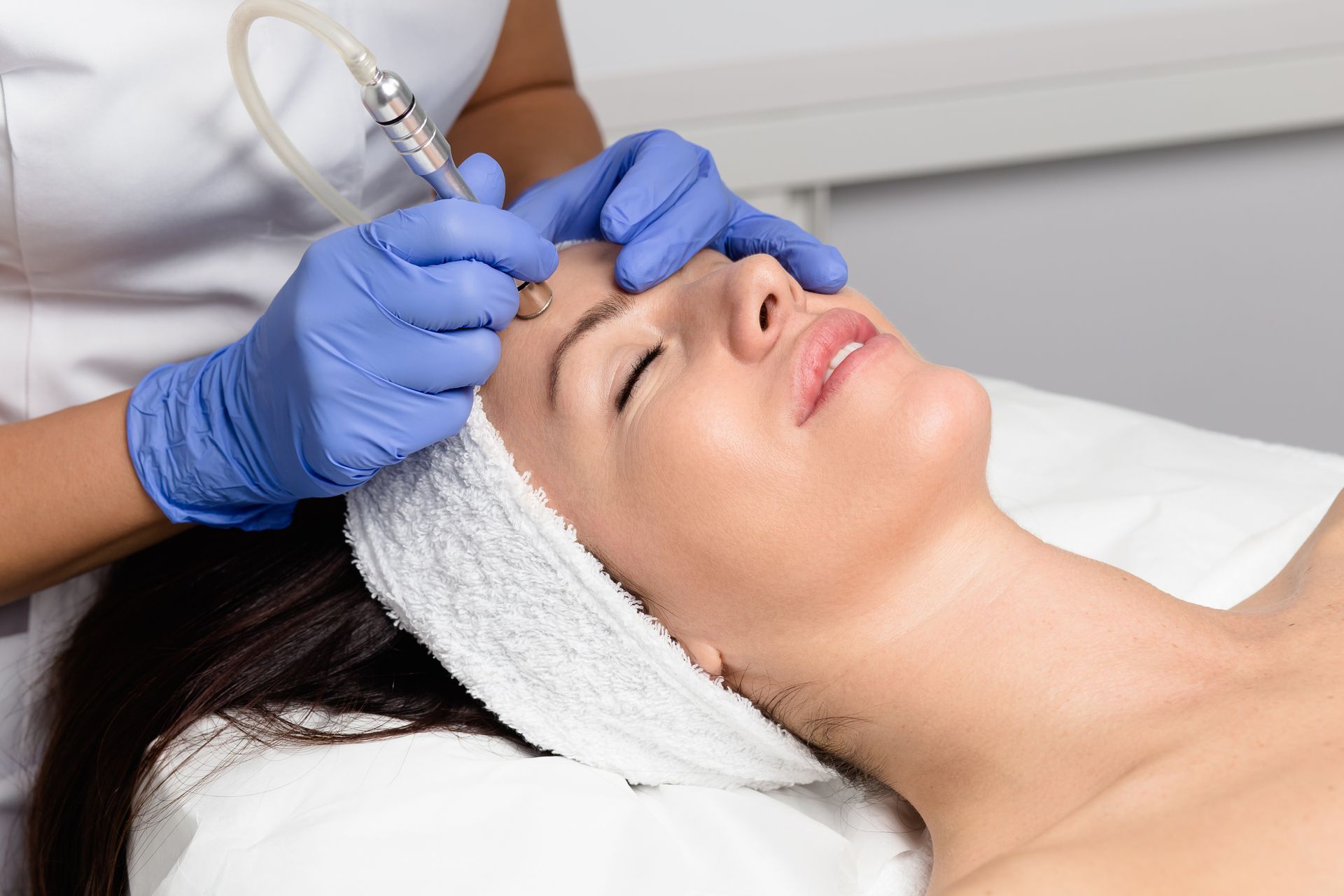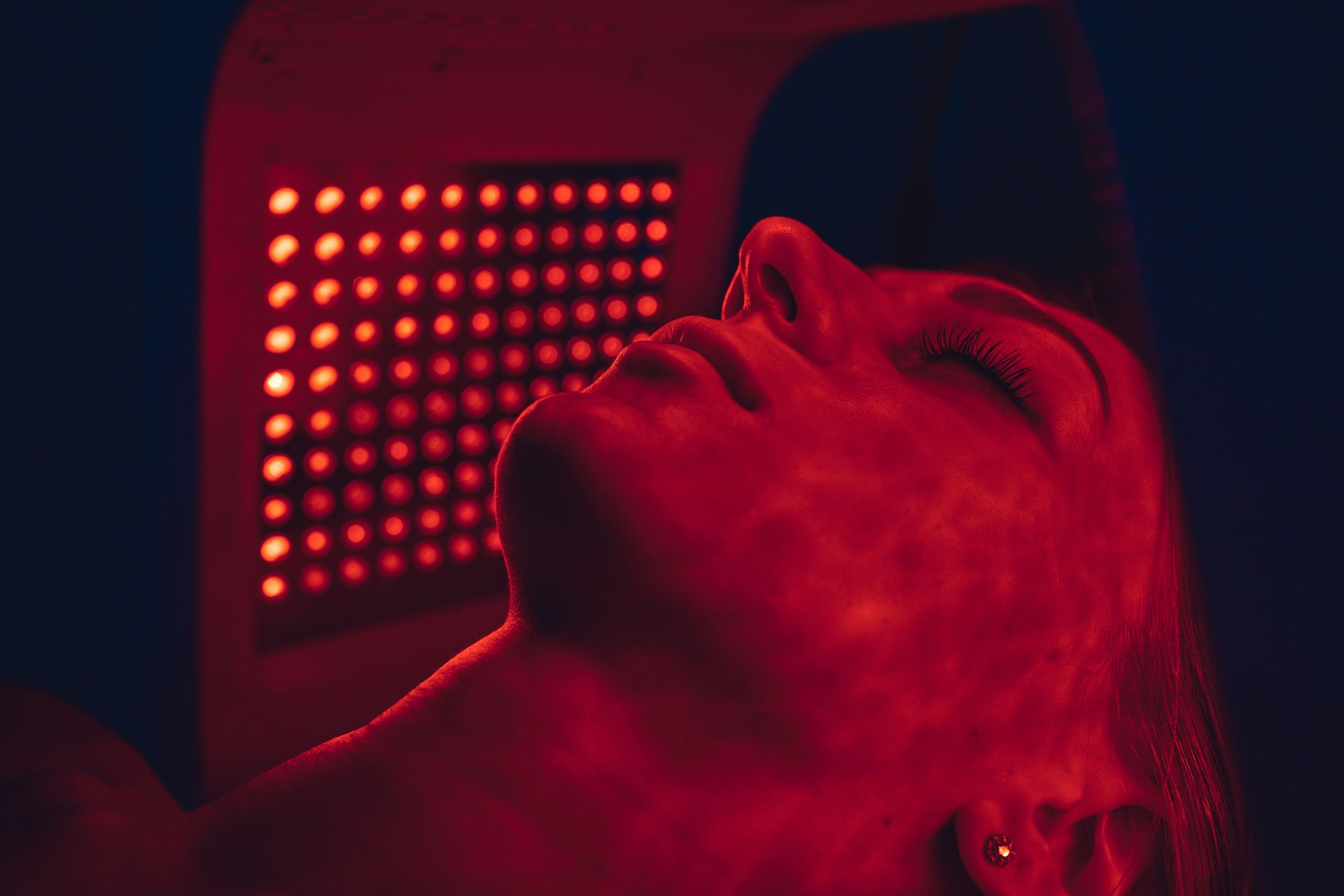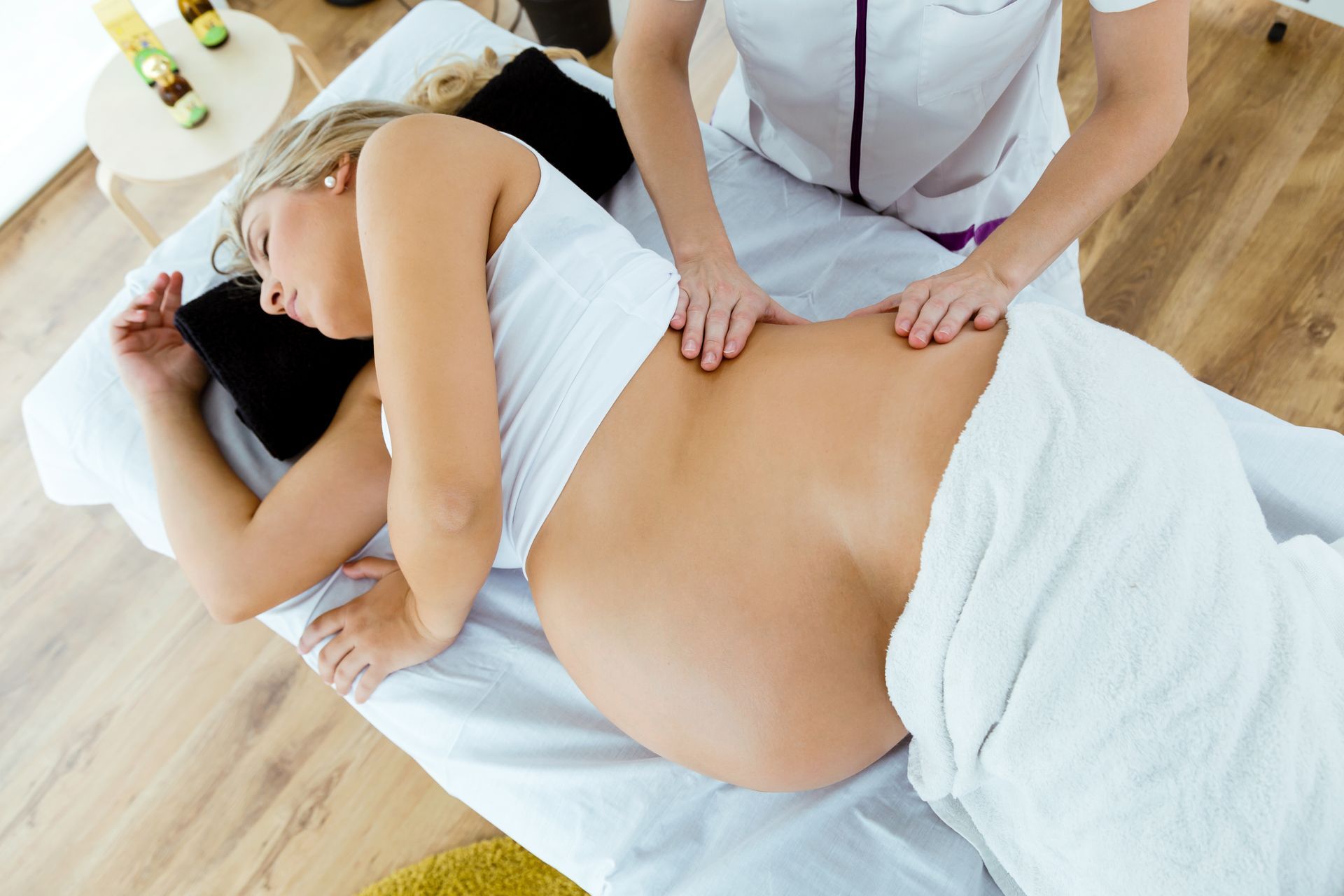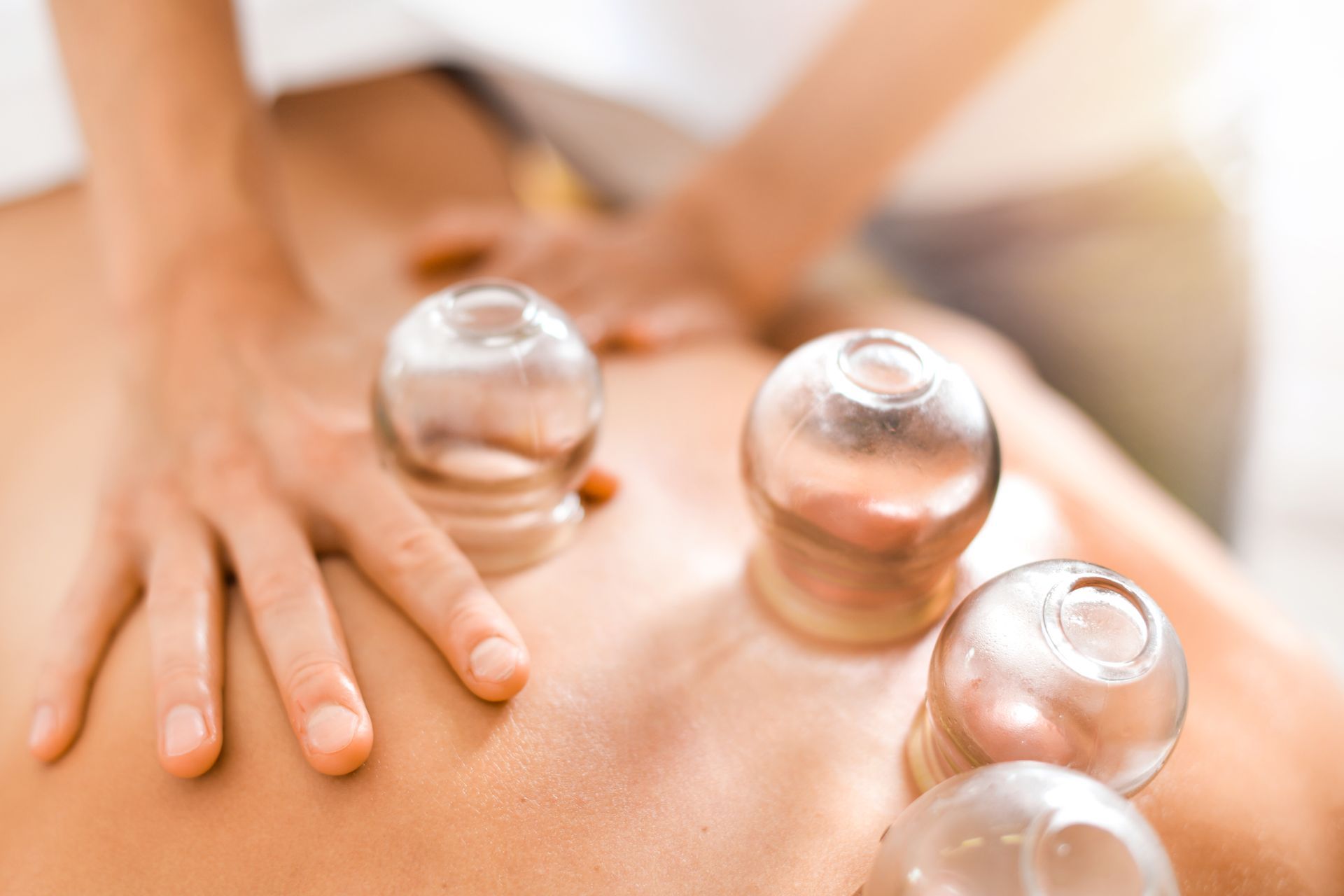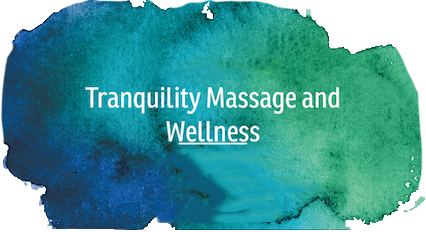How Massage Aids Recovery from Sports and Physical Activity
Athletes and active individuals constantly push their bodies to perform at high levels, often resulting in muscle fatigue, soreness, and sometimes injury. One of the most effective, time-tested ways to aid in physical recovery is massage therapy. Whether you’re a professional athlete, a weekend warrior, or someone hitting the gym regularly, incorporating sports massage into your recovery routine can improve performance, reduce pain, and accelerate healing.
Muscle Recovery and Reduced Soreness
After intense physical activity, muscles experience micro-tears and inflammation, which can lead to delayed onset muscle soreness (DOMS). This soreness typically sets in 24–72 hours after a workout and can significantly affect mobility and performance.
Massage helps to alleviate DOMS by improving circulation and increasing blood flow to muscle tissues. This enhanced circulation delivers more oxygen and nutrients while removing metabolic waste products like lactic acid, which accumulate during exercise. The result is faster healing and less discomfort in the days following a workout.
Studies have shown that post-exercise massage can significantly reduce the intensity of muscle soreness and improve the range of motion, allowing athletes to resume training sooner and with less pain.
Improved Flexibility and Joint Mobility
Tight muscles and fascia can limit flexibility and place extra strain on joints, increasing the risk of injury. Massage therapy helps lengthen and relax tight muscles, reduce adhesions (knots), and improve the elasticity of connective tissue. By enhancing muscle pliability and joint mobility, massage allows for more efficient movement and helps prevent strain or injury during future physical activity.
Sports massage, in particular, uses techniques like stretching, friction, and deep tissue work to specifically target areas under repetitive stress. This makes it especially useful for athletes involved in sports that require repetitive motions like running, cycling, swimming, or tennis.
Reduced Muscle Tension and Stress
Even beyond the physical benefits, massage plays a powerful role in reducing mental and emotional stress. Physical activity, particularly at high intensities, activates the sympathetic nervous system—the body’s fight-or-flight response. Massage counteracts this by stimulating the parasympathetic nervous system, which promotes relaxation and recovery.
The calming effect of massage reduces cortisol (the body’s primary stress hormone) while increasing feel-good neurotransmitters like serotonin and dopamine. This hormonal shift not only supports faster muscle recovery but also improves sleep quality, which is essential for total recovery and long-term athletic performance.
Injury Prevention and Rehabilitation
Tight or overused muscles are more prone to injury. Regular massage can identify and address minor imbalances and areas of tension before they become more serious problems. For example, if a runner has tight hip flexors, this can alter gait mechanics and lead to knee or lower back injuries. A skilled massage therapist can detect these imbalances early and work to release tension, helping to maintain proper alignment and function.
For athletes recovering from injury, massage can be a valuable part of rehabilitation. It helps reduce swelling, improve tissue regeneration, and minimize the formation of scar tissue, which can otherwise restrict movement and cause pain. Techniques such as myofascial release, trigger point therapy, and cross-fiber friction are often used during recovery to facilitate healing.
Different Types of Massage for Athletic Recovery
Several types of massage are particularly beneficial for sports recovery:
- Sports Massage: Focuses on muscle groups used in a particular sport and includes stretching, compression, and deep tissue work.
- Deep Tissue Massage:
Targets deeper layers of muscle and fascia to break up adhesions and improve mobility.
- Swedish Massage:
Gentle and flowing, great for promoting relaxation and improving circulation.
- Trigger Point Therapy: Targets specific “knots” or tight spots that cause referred pain elsewhere in the body.
Book your Sports Massage with Tranquility Massage and Wellness
Massage therapy offers a multifaceted approach to recovery from sports and physical activity. From reducing soreness and improving circulation to preventing injury and enhancing mental recovery, its benefits are well-supported by both science and experience. For athletes or physically active individuals, integrating regular massage into a recovery routine can be a game-changer—helping to maintain peak performance, speed up recovery, and keep the body functioning at its best.
Based in Athens, Georgia,
Tranquility Massage and Wellness serves clients in and around Athens with affordable natural health and wellness services. With owner and massage therapist Lacy Dillard at the helm, our priority is to provide a calm, inviting and professional environment for everyone to come for various massage options as well as facials. We encourage you to
book your appointment online. If you have any questions, you can
contact us and we’ll be happy to help.
